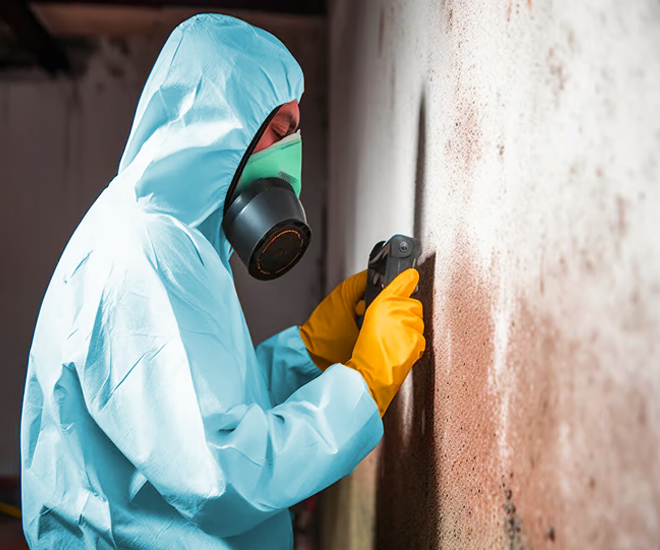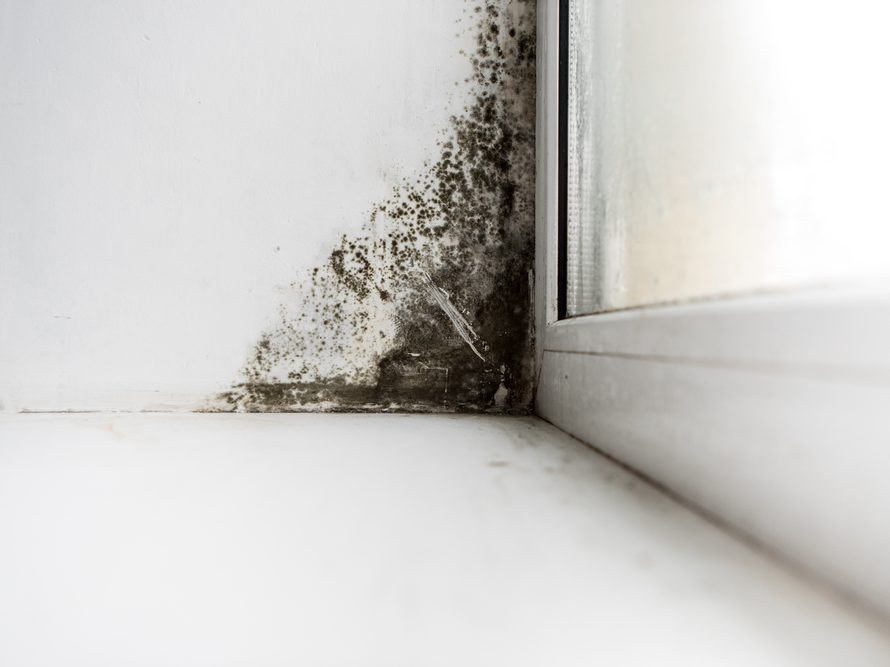Comprehensive Post Mold Remediation Procedures
Wiki Article
Your Ultimate Overview to Article Mold And Mildew Removal Techniques
Navigating the realm of post-mold removal techniques is a thorough process that demands interest to detail and a thorough understanding of the intricacies entailed. In the aftermath of mold infestation, understanding how to successfully get rid of the mold and stop its reoccurrence is extremely important for maintaining a healthy interior atmosphere. From picking the right cleansing and sanitizing approaches to executing strategies for lasting mold avoidance, each action in the removal journey plays a critical function in guaranteeing an effective outcome. As we embark on this expedition of post-mold removal techniques, we will uncover the crucial methods and finest practices that can aid you recover your area to its pre-mold problem and guard it versus future mold risks.Understanding Post-Mold Remediation Refine
After completing the mold remediation process, it is vital to understand the post-mold removal methods that are necessary to guarantee a comprehensive and reliable cleaning. When the mold and mildew has been eliminated, the following action involves cleansing and decontaminating the influenced areas to avoid any regrowth of mold and mildew. This consists of making use of specialized cleaning up agents to wipe down surface areas and kill any kind of continuing to be mold and mildew spores. It is necessary to dry out the location entirely to discourage the development of mold and mildew in the future (Post Mold Remediation Report). Appropriate air flow and dehumidification can assist in this procedure.
In addition, performing a final evaluation post-remediation is crucial to make certain that all mold has actually been effectively eliminated. If the evaluation reveals any kind of lingering mold and mildew, extra remediation may be needed.
Effective Cleaning and Decontaminating Methods

Protecting Against Future Mold And Mildew Development

Value of Correct Ventilation
Proper air flow plays an essential function in preventing moisture buildup, an essential aspect in mold and mildew growth within indoor settings. Reliable air flow systems assist eliminate excess humidity from the air, decreasing the opportunities of mold spores discovering the dampness they require to spread and sprout. Without appropriate ventilation, indoor areas can come to be a reproduction ground for mold, causing possible health and wellness risks and architectural damage.By making sure correct air circulation, air flow systems can also aid in drying damp locations more quickly after water damage or flooding occurrences, even more discouraging mold growth. After mold remediation. Precede like shower rooms, kitchen areas, attic rooms, and cellars where dampness degrees often tend to be greater, setting up and preserving effective air flow systems is vital in protecting against mold and mildew invasions

Surveillance and Maintenance Tips
Given the important function that appropriate air flow plays in protecting against mold and mildew growth, it is imperative to develop reliable surveillance and upkeep that site pointers to make sure the continued capability of ventilation systems. Normal assessments of ventilation systems must be conducted to examine for any type of indicators of obstructions, leakages, or malfunctions that could hinder appropriate air movement. Tracking moisture levels within the residential or commercial property is additionally important, as high moisture can contribute to mold and mildew development. Installing a hygrometer can assist track moisture levels and sharp homeowners to any type of spikes that might require focus. Additionally, making sure that air filters are regularly cleaned or changed is important for preserving the performance of the ventilation system. Carrying out a timetable for routine maintenance tasks, such as air duct cleansing and heating and cooling system inspections, can aid prevent issues before they intensify. By remaining attentive and proactive to the condition of ventilation systems, property owners can efficiently alleviate the danger of mold and mildew regrowth and keep a healthy and balanced interior setting.
Conclusion
In conclusion, post-mold removal methods are necessary for making sure a clean and secure environment. Recognizing the procedure, executing reliable cleansing and disinfecting approaches, stopping future mold development, preserving proper air flow, and regular surveillance are all important action in the removal process. By following these standards, you can effectively eliminate mold and avoid its return, advertising a healthy living or functioning space for all passengers.In the consequences of mold and mildew infestation, knowing how to successfully eliminate the mold and mildew and avoid its reoccurrence is critical for preserving a healthy and balanced view website interior setting. As soon as the mold and mildew has been removed, the following action involves cleansing and decontaminating the impacted locations to stop any regrowth of mold - Post Mold Remediation. After removing visible mold development, it is vital to clean all surfaces in the damaged area to get rid of any staying mold spores. To even more improve mold avoidance steps, it is necessary to deal with underlying concerns that originally led to mold and mildew advancement.Given the essential function that proper air flow plays in protecting against mold and mildew development, it is vital to establish efficient surveillance and maintenance ideas to ensure the ongoing functionality of air flow systems
Report this wiki page